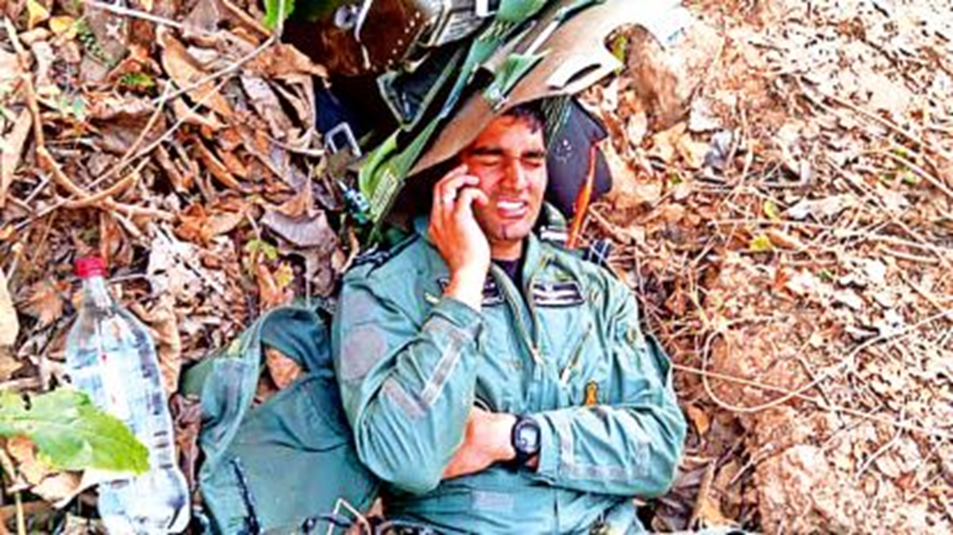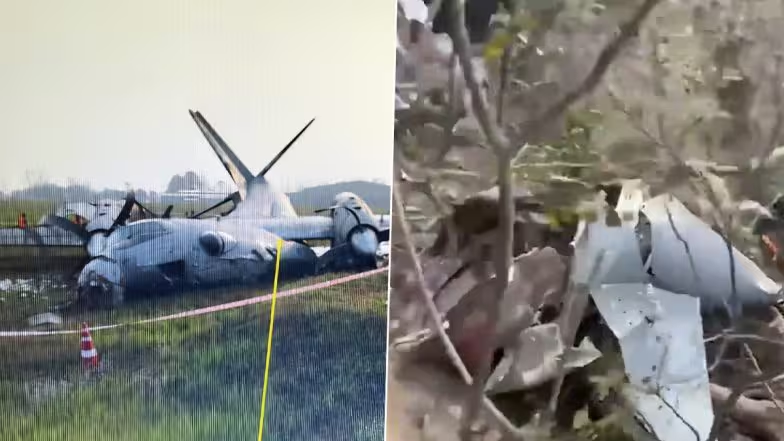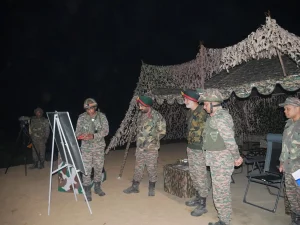In two incidents on a single day involving Indian Air Force’s aircraft, a Jaguar fighter jet crashed shortly after taking off from the Ambala airbase in Haryana, while an AN-32 transport plane crash-landed in West Bengal’s Bagdogra.
2 IAF Planes Crash: Jaguar in Ambala, AN-32 in Bagdogra
In both incidents, the air crew ejected safely, according to officials. While the Jaguar aircraft crashed after encountering a technical snag, the reason behind the crash-landing of the AN-32 plane is not immediately known.
The IAF, in a statement, said that the aircraft encountered a system malfunction during a routine sortie. “A Jaguar aircraft of the IAF crashed at Ambala, during a routine training sortie today, after encountering system malfunction. The pilot manoeuvred the aircraft away from any habitation on the ground before ejecting safely,” the IAF said.
The crash took place at around 3.45 pm. The aircraft had taken off from the Ambala airbase, according to officials.
Police officials said the pilot maneuvered the aircraft away from any habitation on the ground, and there was no loss of life or injury reported to anyone on the ground.


The aircraft fell in a hilly forest area near Raipur Rani in Haryana’s Panchkula district “The IAF aircraft crashed in the hilly terrain of Panchkula district (near Morni hills). The pilot ejected safely,” SHO of the Raipur Rani Police Station in Panchkula district told PTI over the phone.
In a separate incident, an AN-32 transport aircraft of the IAF crash-landed in Bagdogra, officials said.
The crew of the AN-32 aircraft are safe, and the aircraft is being recovered from the site, they said.
The AN-32 is a Russian-origin aircraft.
As Fighter Aircraft Fleet Dips Below 1965 Level, Air Chief Vows Measures
The Indian Air Force’s combat aircraft strength has reached an unprecedented low (below 1965 level), prompting Air Chief Marshal Amar Preet Singh to reaffirm the focus on optimising existing resources. The Indian Air Force is currently operating with 31 squadrons, the lowest count since 1965, when India was engaged in war with Pakistan. The authorised strength, set at 42 squadrons to reflect border threat levels, has steadily declined in recent years.
This reduction is primarily due to the retirement of ageing Soviet-era fighters, without new replacements being inducted at a necessary pace. The Air Force had initiated a process to acquire 114 such fighters under the ‘Make in India’ scheme in 2018, but no significant progress has been made in the six years since. The decline in squadrons from a peak of 41 in 1996 to the current figure is a cause for concern, with the Air Force pressing for quicker decision-making and deliveries to bolster national security.



















